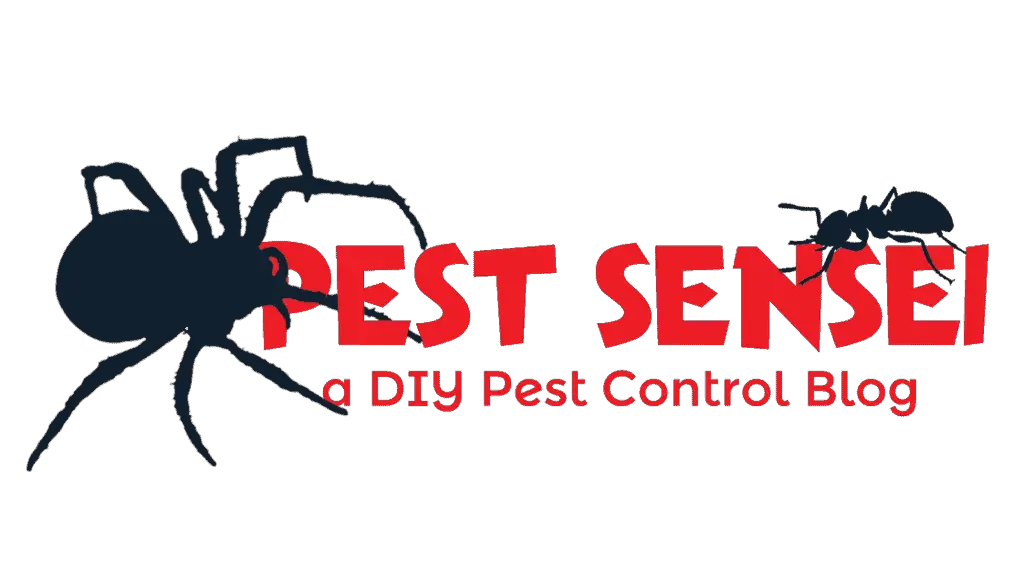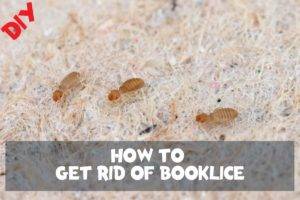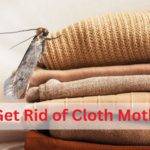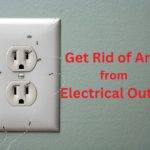Booklice are tiny insects that occasionally bug us. They don’t cause much harm but you wouldn’t want to stay with them under the same roof. Fortunately, it is easy to get rid of booklice safely and easily.
To get rid of booklice, spray the booklice directly with alcohol-based hand sanitizer or natural insecticide. Scrub off molds using mold removers to remove the food source of booklice. Finally, fix water leakage and dehumidify the affected area to prevent future infestation.
That’s very simple and straightforward isn’t it? If you want to know more, continue reading.
Understanding Booklice
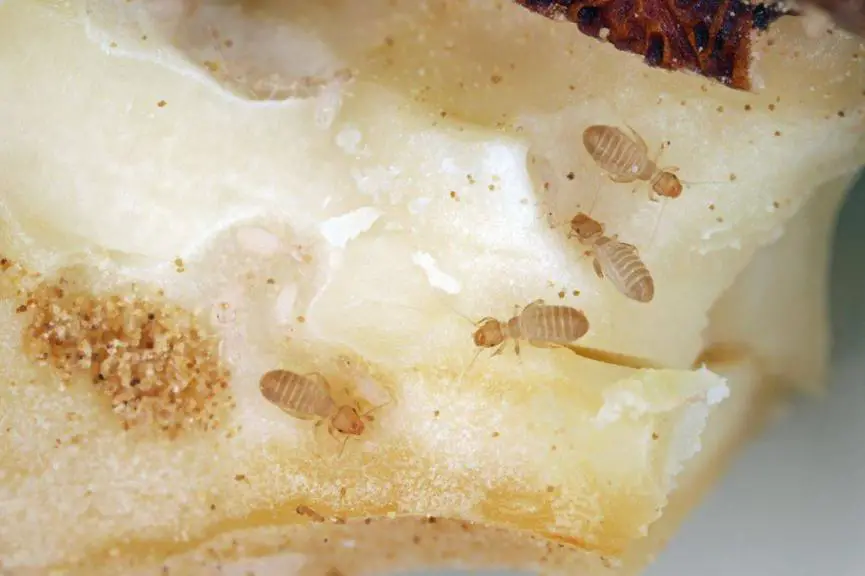
Booklice, also known as psocids, are a group of insects that includes barklice. While many species are found outdoors, we are particularly interested in those found indoors, as they can affect us.
Most booklice species found indoors are wingless, though some have four wings. In certain species, only males have wings. While immature booklice resemble adults, they are wingless, and can be translucent, whitish, brownish, or grayish in color.
Despite their name, booklice aren’t related to lice and don’t bite. Instead, they feed mainly on molds, cereal, and the glue used to bind our books.
If you’re experiencing issues with booklice, it’s important to address the underlying cause, such as excess humidity or dampness. Without doing so, you can’t solve the problem once and for all.
Do I have Booklice in My Home?
If you’ve noticed small, wingless insects in your home, you may be dealing with booklice. These tiny pests are commonly found in humid environments, where they feed on mold.
Booklice that infest our home are about 1-2 mm in body length. They are very difficult to be noticed due to their small size. You might have a few booklice in your home and you wouldn’t know unless you inspect every corner in your home.
If the conditions are right, the booklice population grows very fast. This makes them more noticeable. Hence, by the time you see booklice in your home, there’s probably a lot of them.
Why do I have Booklice in My Home?
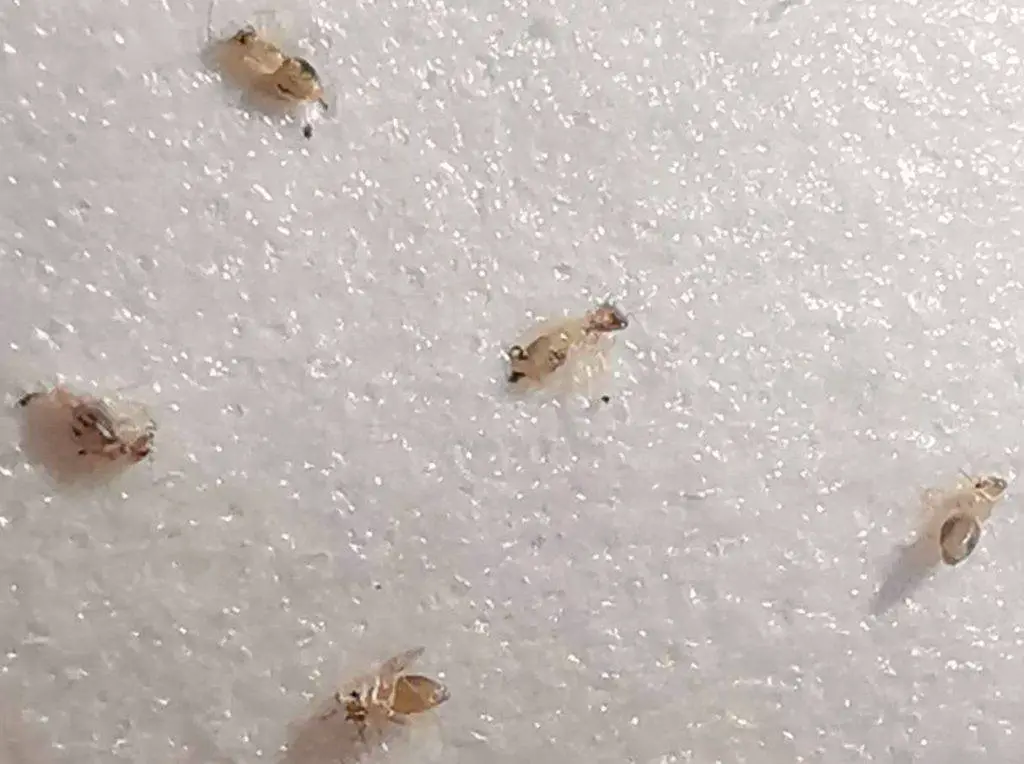
Most homes have booklice because of the humid environment. High humidity promotes growth of molds, which are the primary food source of booklice.
Contrary to their name, booklice are not typically found in books. Instead, they tend to congregate in areas with high humidity, such as kitchens, walls, and cabinets. This can be caused by water seepage, leaking pipes, or the use of a humidifier.
In some cases, booklice can also be found in contaminated cereal products. If you suspect that your cereal is affected, it’s important to dispose of it immediately to avoid the spread of mold.
Getting Rid of the Booklice
Luckily, booklice infestation is usually localized at certain spots. Hence, it is very easy to get rid of them. If the infestation level is low, you can just remove them physically.
If the infestation is heavy, you might need to do some treatment. You can spray the booklice with EcoVenger® All Purpose Home Insect Control or alcohol-based hand sanitizer. This will immediately kill the booklice.
EcoVenger® All Purpose Home Insect Control
EcoVenger® All Purpose Home Insect Control contains natural and botanical substances including geraniol, lemon grass, and cedar extracts as its active ingredients. It kills booklice upon contact.
Alcohol-based Hand Sanitizer
When using alcohol-based sanitizer to get rid of booklice, it’s important to choose a sanitizer with a high enough alcohol concentration. For best results, select a sanitizer with at least 70% alcohol.
While sanitizers with lower concentrations, such as 40-50%, can still kill booklice, they may take longer to do so. Keep in mind that good alcohol sanitizers should have at least 60% alcohol.
If you happen to have absolute alcohol, you can also use it to spray the booklice. To do so, dilute the absolute alcohol with water to a concentration of 70% (7 parts absolute alcohol to 3 parts water).
But be cautious when handling and storing absolute alcohol, as it is highly flammable and toxic if consumed, inhaled or absorbed through the skin. Make sure you read the label carefully before using it.
Treating Booklice on Ceiling
If you find booklice on your ceiling, don’t worry! Instead of spraying them directly against gravity, which can cause the droplets to fall on the floor, follow these simple steps:
- Get a cloth or sponge and dampen it with your preferred natural insecticides or alcohol.
- Wipe the affected area to kill and remove the booklice.
- Wash or dispose of the cloth or sponge properly.
Treating Booklice in Books
Booklice can also infest your books, which can be frustrating and annoying. Fortunately, there are ways to deal with them without damaging your beloved books. Here’s what you should do:
- If there are only one or two booklice, you can simply remove them with your hand.
- If there is more booklice, you can put the infested books in sealed bags and place them in the freezer for 24 hours.
- After 24 hours, remove the books from the freezer and let them thaw for a few hours.
- Once thawed, remove the dead booklice carcasses with a soft brush or cloth.
- Alternatively, you can put the infested books under the hot sun. However, this method is less effective than freezing because you can’t control the weather.
How to Prevent Future Booklice Infestations
Booklice can quickly thrive in your home if the environment is conducive to their survival. High humidity and food availability are the two main factors that attract booklice. Simply killing the booklice will not be enough to prevent reinfestation. To eliminate the problem permanently, you need to address the root causes.
Addressing High Humidity
High humidity in your home can promote mold growth, which is a significant source of food for booklice. Fortunately, there are several ways to reduce humidity. By taking these simple steps, you can reduce humidity levels in your home, and prevent booklice infestations, structural damage, and other related problems.
Identifying Common Sources of High Humidity
Several common sources contribute to high humidity levels in your home, including water seepage, leaking pipes, and condensation around air conditioners or refrigerators. By addressing these issues, you can minimize humidity and make your home less conducive to booklice while preventing structural damage.
Maintaining Ideal Humidity Levels
Ideally, you want to keep the humidity in your home below 45%, a level that is not suitable for booklice. If your home is inherently humid due to its design, consider installing a dehumidifier. This device can help you prevent booklice infestations and improve your overall health.
Improving Ventilation
Another effective way to reduce humidity levels is by improving ventilation in your home. You can create new vents or windows in areas with high humidity, or turn on the fan and air-conditioner to improve air circulation. Improving ventilation can also help you prevent mold growth and improve indoor air quality.
Adjusting Humidifier Settings
If you use a humidifier, it’s important to adjust its settings to reduce output or operating duration. This simple step can prevent excessive humidity in your home.
Getting Rid of Molds
Molds are common problems that many homeowners face. While they can be mistaken as dirt, they can cause serious problems if left unchecked. Here’s what you need to know about dealing with them.
Molds often appear as black, white or gray spots on places like walls, furniture, wash basin, and grout between tiles. They can cause allergic reactions and should be dealt with as soon as possible.
To clear mold issues at home, you can use anti-mold formulations such as Tilex Mold & Mildew Remover. This product is effective in removing mold and preventing its growth.
Final Words
Dealing with booklice and molds can be a hassle, but with the right approach, you can get rid of these pests for good. I hope you found this guide helpful. If you did, please feel free to share it with others.
If you can’t handle the infestation though, make sure you get help from a pest control service provider. You can get a non-obligatory quote from your local service providers on Networx.
